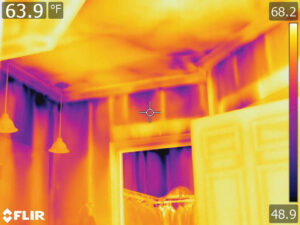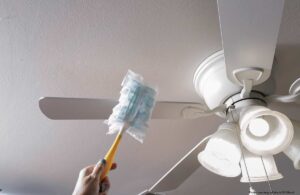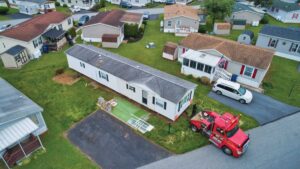 I have written six articles so far and in all six I have talked openly and honestly about the performance of different insulations and their applications. Also, I have discussed controlling air leakage in and out of your home so that it will be comfortable and have reasonable monthly energy bills. All of my comments and suggestions are based 100 percent on building science, from my years of performance testing, and the experience of other energy geeks from all over the world.
I have written six articles so far and in all six I have talked openly and honestly about the performance of different insulations and their applications. Also, I have discussed controlling air leakage in and out of your home so that it will be comfortable and have reasonable monthly energy bills. All of my comments and suggestions are based 100 percent on building science, from my years of performance testing, and the experience of other energy geeks from all over the world.
 Since the mid-1980s the home performance testing industry workhorse has been the blower door. Within the last ten years the infrared camera, used with the blower door, has added another dimension in energy performance testing of homes and buildings.
Since the mid-1980s the home performance testing industry workhorse has been the blower door. Within the last ten years the infrared camera, used with the blower door, has added another dimension in energy performance testing of homes and buildings.
I was the first “kid on the block” to buy an infrared camera in 1999. My first one cost $15,000 and was the most affordable one on the market. At that time if you wanted to measure temperature with your camera it would cost you another $15,000 for a grand total of $30,000. Today you can get one that will plug into your cell phone turning it into a very respectable infrared camera, all for less than $250, with a temperature reading!
If you are thinking about having an energy evaluation, I would recommend that your auditor should have a blower door and an infrared camera to evaluate the performance of your thermal and pressure boundaries. They should also be able to measure the airflow through all of your bathroom exhaust fans. Remember, the tighter your home the more important mechanical ventilation is.
The blower door uses a powerful calibrated 20” diameter variable speed fan that mounts into canvas and an aluminum expandable frame in an exterior doorway. The fan pulls air out of the house depressurizing the home and lowering the house pressure to -50.0 Pascal’s, simulating a 20 mph wind. The higher outside air pressure then flows in through all unsealed cracks and openings of the home. The blower door test will quantify the leakage rate of the home and after calculating the volume we can calculate the number of air changes per hour (ACH) your home is leaking. Your leakage rate can then be compared to an air leakage standard to see just how leaky your home really is. This is good information to know.
An infrared camera can only see temperature differences. If everything you are looking at with the camera is the same temperature then you would see all one color. Most cameras can detect a temperature difference within .2°F. With the home depressurized by the blower door and at least a 15° temperature difference between the home and outside, an infrared camera can see the hot or cold air flowing in from the attic, crawlspace or directly in from outside. The technician can then take matching infrared and visual photos and document a particular problem.
In a typical home the majority of the home’s air leakage comes from the attic. Most of the air leakage can be seen with the infrared camera where the interior walls meet the ceiling from the top plates of the interior walls, plumbing and electrical penetrations, furnace or water heater flews and chimneys, attic hatches, pull down ladders, whole house fans, bathroom exhaust fans, recessed lights, kitchen and bathroom soffits, wall returns, ducts in the attic and the list goes on and on. Be sure to air seal your attic floor before adding

insulation!
With insulation and the 15° minimum temperature difference between inside and out, it’s a good idea to scan the exterior walls and attic insulation with the infrared camera before the blower is turned on to see how the insulation is performing. If the insulation is performing as it should, the temperature (color) of the cavity insulation will look consistent from top to bottom and from stud to stud with no dark or light streaks. This usually changes once the blower door is turned on if there is fiber-glass insulation installed into unsealed cavities. The temperature of the wall cavities will quickly raise or lower with the outside air flowing through them.
Using the blower door and infrared camera together in your home allows you to feel the problems with the blower door and see them with the infrared camera, it’s a great combination.








